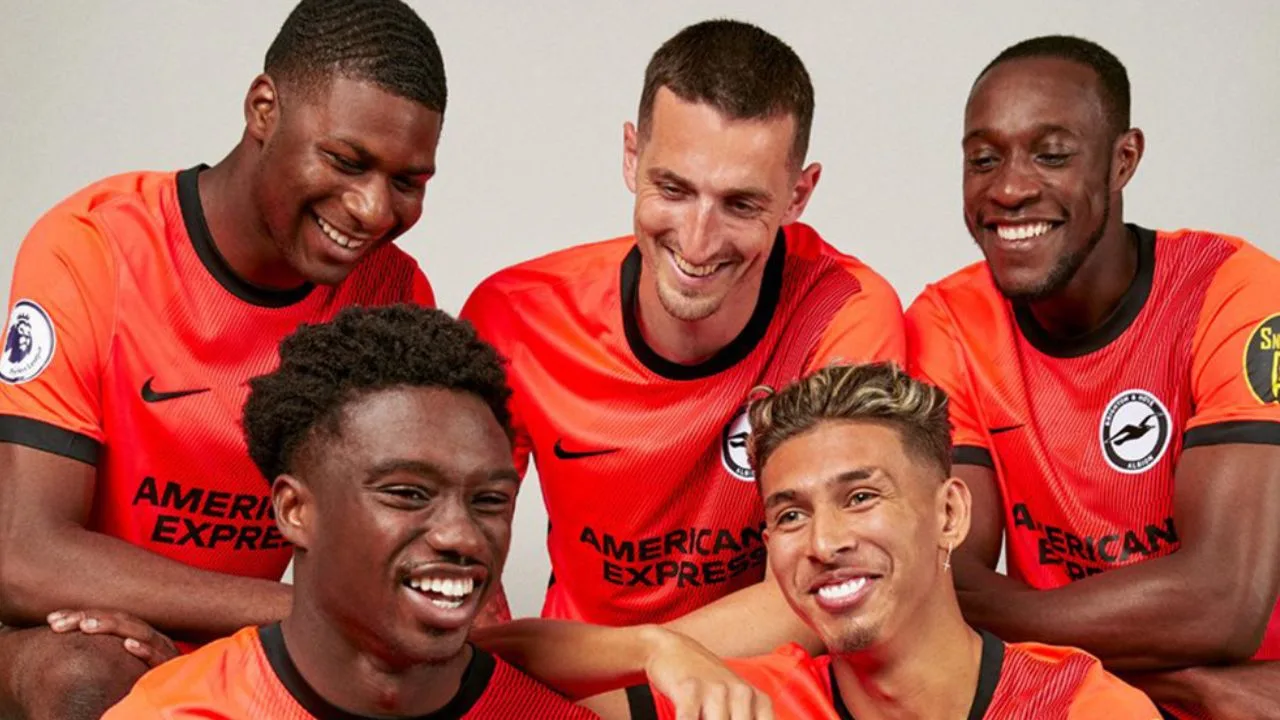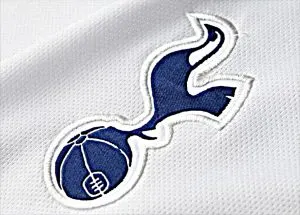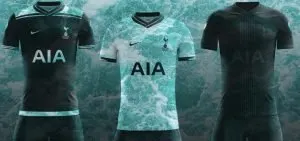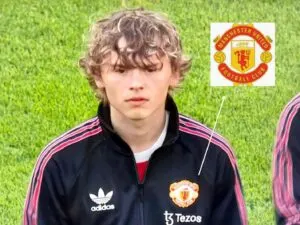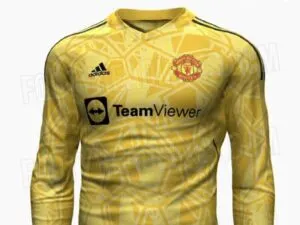More so than ever, the threads worn on the pitch by teams count for a lot.
Of course, they don’t carry as much significance as dazzling football or heaps of silverware, but fashion is certainly relevant to the online discourse.
Aside from looking good, stylish kits also help in bridging boundaries, as fans of other teams may just be tempted to try them out.
Over the years, kit-makers have almost universally opted for the 3-kit approach.
You know the drill, primary kits stick to tradition, the away variants often go retro or play around with the colour palette, while the third kit is where creative liberties are taken.
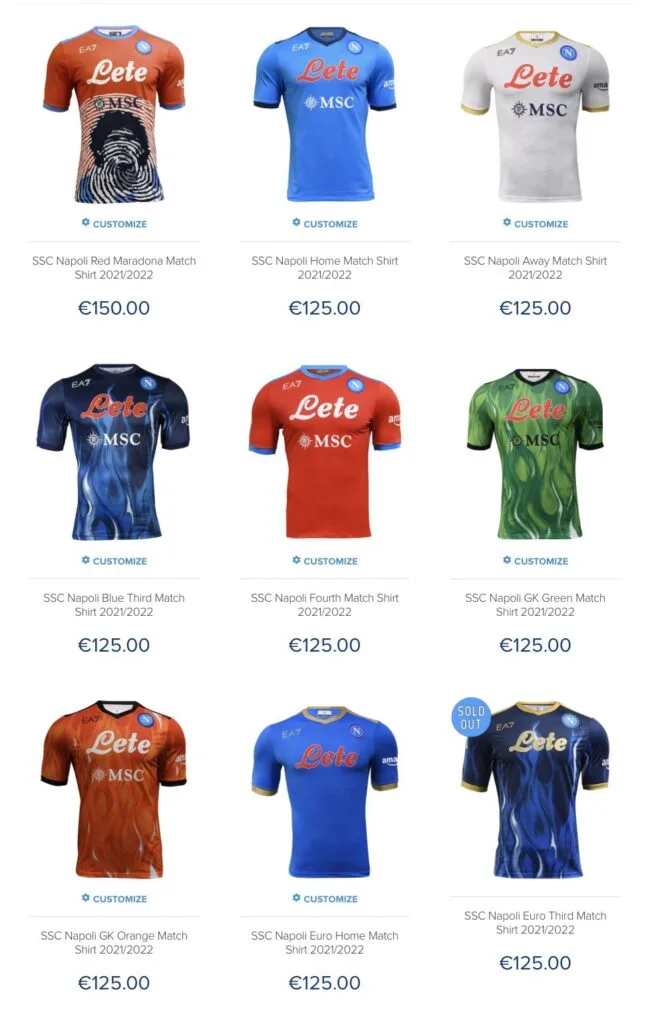
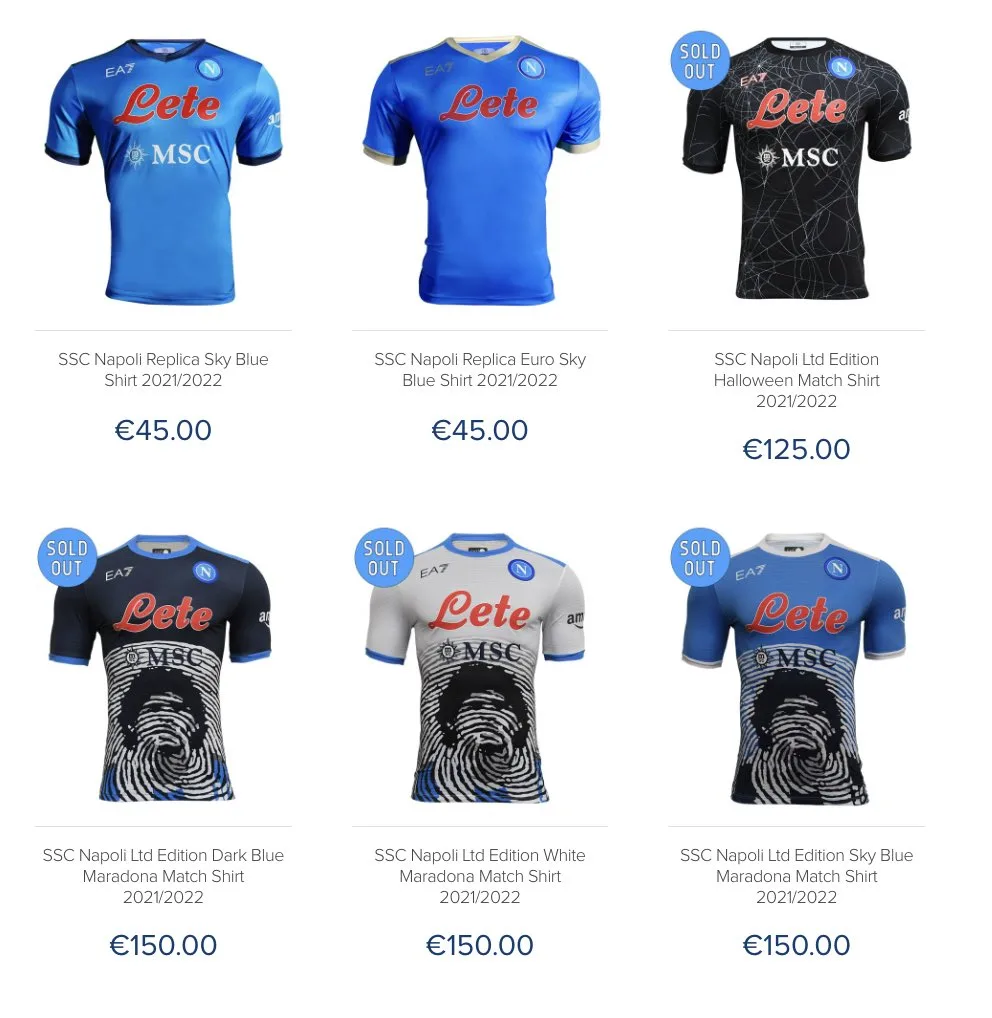
Upon first glance, this may seem like a perfectly feasible system, but with a bit of deliberation, its shortcomings are apparent.
While primary and secondary kits are necessary requirements, the third kit sticks out, after all, it doesn’t really serve a definite purpose.
Of course, it comes in handy for clubs competing in Europe, but it is still utilized sparsely, so what’s the point?
When you factor in the rounds of design work, production and development each kit takes, it just comes off like an arduous cycle, especially for something that will remain underutilized in the end.
There are numerous ways to take on this issue, but the one that caught our eye was Brighton and Hove Albion‘s approach.
Being a team in the Premier League, merchandising to the max is a given, and as such, the Seagulls too have 3 kits.
However, instead of rolling out three new designs each year, Brighton simply uses a given year’s away kit as next season’s third kit.
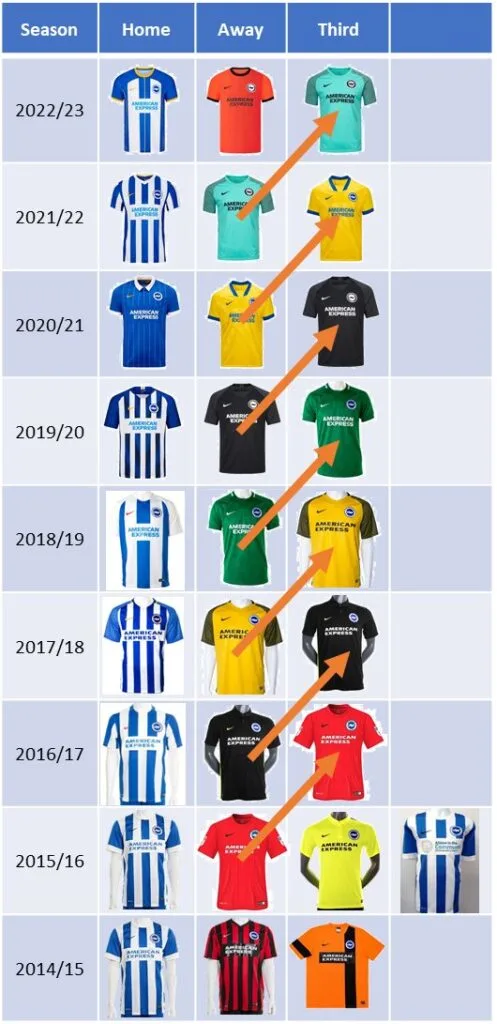
The trend dates back to the 2015/16 season, as that year’s secondary threads were ultimately swapped in as 16/17’s third kit.
And every subsequent season has followed in a similar fashion.
Not only does Brighton avoid additional costs this way, but it also aids sustainability.
Other top teams have occasionally flirted with this method, but none as faithfully as Brighton.
We love a brand-new kit quite a bit, but given the resources and time employed, a third kit can’t help but feel unnecessary, especially when Brighton’s approach is right there.

